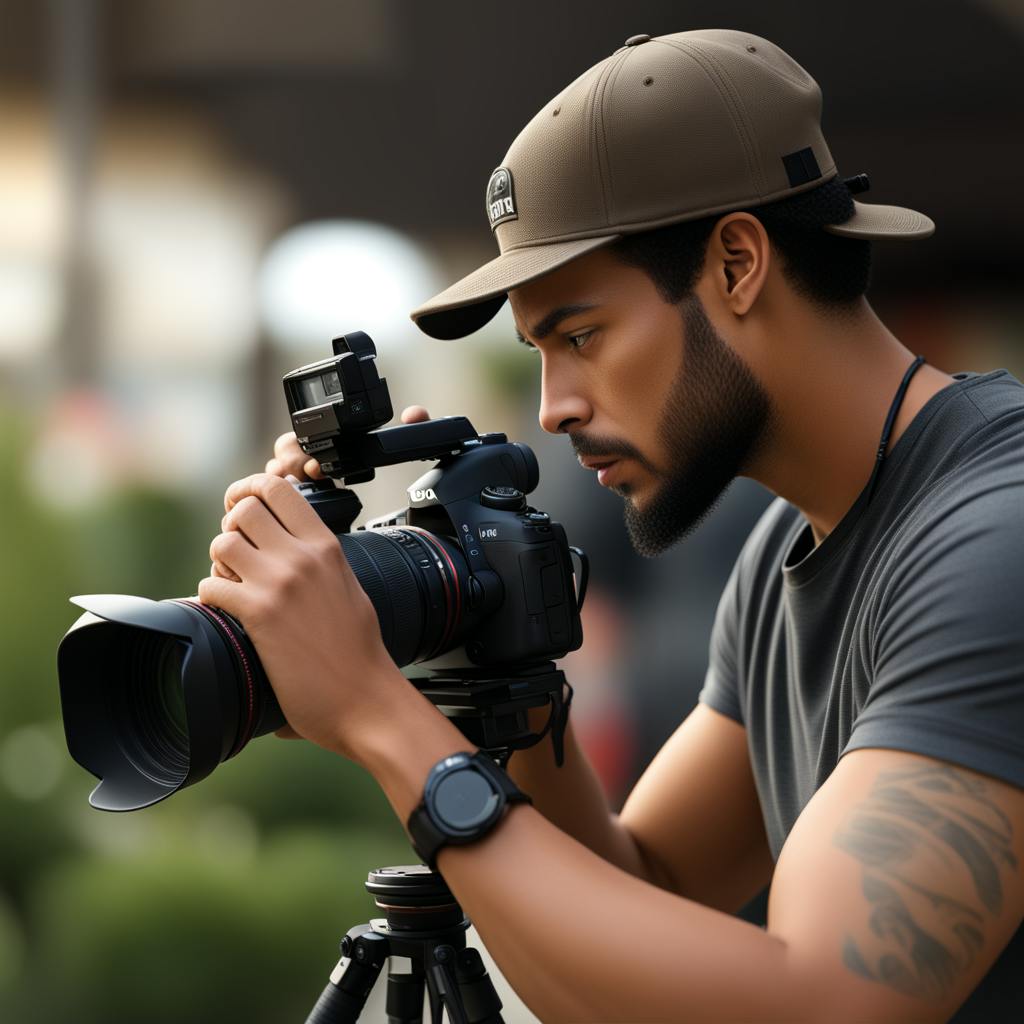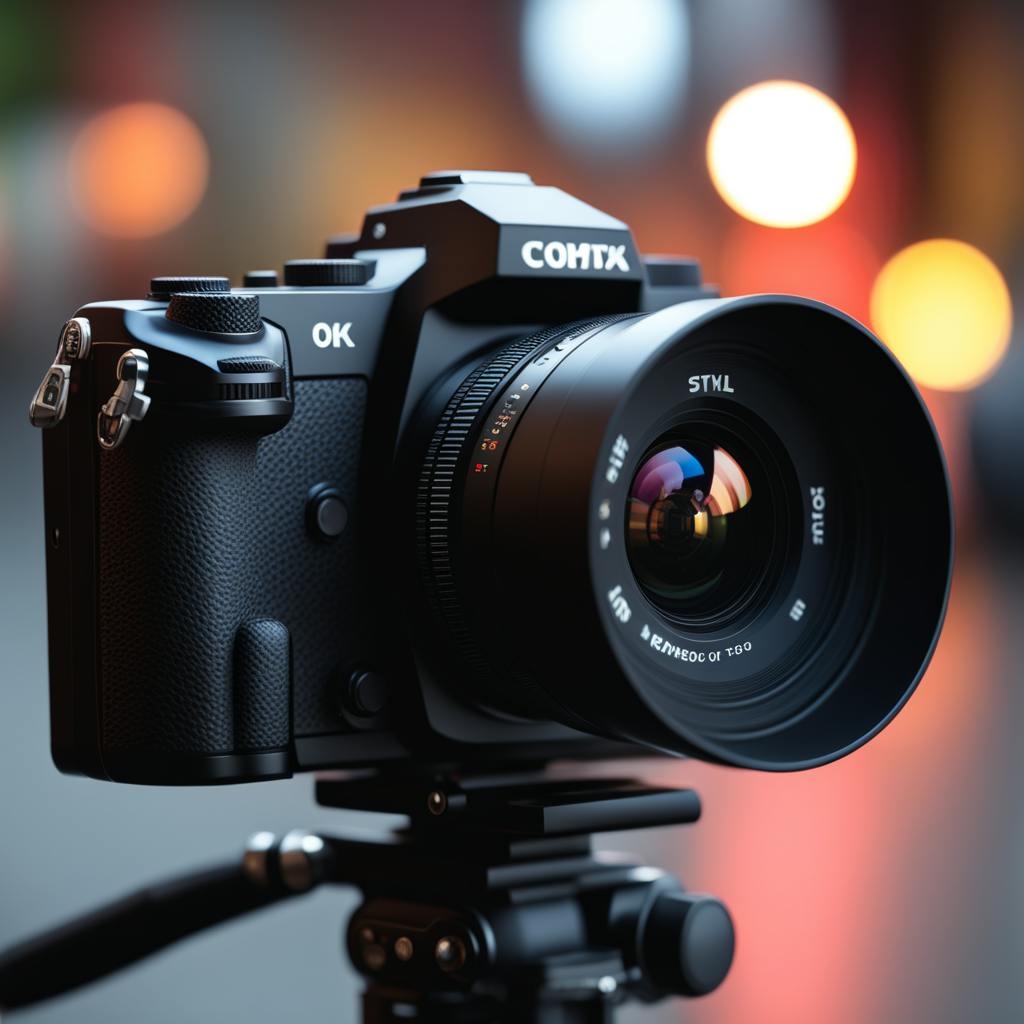In recent years, artificial intelligence (AI) has seamlessly woven itself into the fabric of our everyday lives, revolutionizing how we interact with technology. One groundbreaking application is the use of AI to describe a video. This innovation is not only changing the way content is consumed but also enhancing accessibility and engagement. As we look to the future, the capability of AI to interpret and describe visual media in words opens a myriad of opportunities across multiple industries.
Understanding AI in Video Description
Video description entails generating a narrative that encapsulates the events and details within a video clip. AI can efficiently perform this task by employing machine learning algorithms, natural language processing (NLP), and computer vision. This technology uses neural networks to analyze, interpret, and articulate what is seen on screen, offering real-time, contextual descriptions that enhance viewer experience.
Key Benefits and Applications
One of the most compelling reasons to use AI for video description is its potential to make content accessible to individuals with visual impairments. By providing auditory descriptions of visual content, AI ensures an inclusive viewing experience that is otherwise inaccessible to this audience.
Moreover, AI-driven video description can be a boon to content creators and marketers in ways to use AI. By automatically tagging and summarizing video content, it streamlines video indexing, boosts searchability, and improves user experience. For educational purposes, AI can summarize lecture videos, simplifying note-taking and aiding student learning.

AI made with Jed Jacobsohn
The Technology Behind AI Video Description
The way AI describes a video is both complex and fascinating. It relies on deep learning models trained on vast datasets containing millions of video clips. These models learn to identify and understand objects, actions, and contexts. For instance, if a video shows a dog jumping through a hoop, the AI not only recognizes the elements (dog, hoop) but also interprets the action (jumping).
This technology is continually evolving. With advancements in cloud computing and AI hardware, we are moving towards real-time video analysis, where AI can describe ongoing events as they happen, making live broadcasts more inclusive and informative.
Addressing Common Questions
How accurate is an AI video description?
While significant progress has been made, accuracy can vary. Factors such as video quality, complexity of scenes, and the diversity of training data affect the AI's performance. However, continuous improvements are being implemented to enhance precision.
Is there a privacy concern?
Yes, video analysis involves data processing, which raises privacy concerns. Implementing robust data protection policies and adopting transparent practices are crucial to addressing these concerns.
How can businesses leverage this technology?
Businesses can deploy AI video descriptions in customer service, training, and marketing to increase engagement. By utilizing AI, they can automate content generation, reducing costs while enhancing viewer interaction.
FAQ: Using AI to Describe a Video
In recent years, AI has made significant strides in understanding and processing video content. This FAQ article explores the current state, potential future, and challenges of using AI to describe videos. Here, we address some commonly asked questions about this exciting and rapidly evolving field.
How does AI assist in describing a video?
AI facilitates video description through advanced algorithms that analyze video content frame by frame. Here's a breakdown of how AI assists in video description:
- Object and Scene Recognition: AI models, particularly computer vision algorithms, identify and classify objects and environments within video frames. By understanding the context of these objects and scenes, AI can generate descriptions about what the video depicts.
- Action Detection: Beyond static objects, AI can recognize actions performed by individuals or movements occurring in the video. This involves tracking movements across frames and understanding specific patterns that signify unique actions.
- Audio Analysis: AI can also process audio tracks within videos, identifying speech, music, and ambient sounds. Advanced Natural Language Processing (NLP) techniques enable AI to transcribe and summarize spoken words, which enriches the video description.
Text Recognition: Optical Character Recognition (OCR) allows AI to read text presented within video frames, such as subtitles, signages, or on-screen graphics, which provides additional context for description. - Temporal Context Understanding: AI can compile information over time to understand context across a sequence of frames, enhancing its ability to generate coherent narratives or summaries about the video’s plot.
What potential does AI hold for the future of video description and understanding?
The potential for AI in video description and understanding is vast, with several promising avenues for growth:
- Enhanced Accessibility: AI-generated video descriptions can make content more accessible to visually impaired individuals by providing detailed, real-time audio narratives of visual content.
- Content Moderation and Curation: As AI becomes better at understanding context, it can be utilized to automatically moderate, filter, or categorize content, improving user experience on platforms that host vast amounts of video.
- Augmented Creativity: Creators can use AI to generate screenplay ideas or suggest edits based on video content analysis, fostering more collaborative and innovative media productions.
- Education and Training: AI can transform video-based learning by summarizing lectures or highlighting critical activities, facilitating more effective knowledge transfer.
- Improved Analytics: Businesses can leverage AI to gain insights into consumer interaction with video content, enabling personalized content delivery and targeted advertising.

AI made with Jed Jacobsohn
What advancements have been made in using AI to describe video content?
Several notable advancements have been made in this field:
- Deep Learning Models: The advent of deep neural networks, particularly Convolutional Neural Networks (CNNs) and Recurrent Neural Networks (RNNs), has significantly enhanced the accuracy of object and action recognition in video frames.
- Multimodal AI: Combining various AI types—such as computer vision for image data, NLP for audio or text data, and deep learning for sequence prediction—has resulted in more robust video description systems.
- Pre-trained Models: Large datasets have been used to train models that can be fine-tuned for specific tasks. Models like Google's T5 or OpenAI’s DALL-E, though primarily for text or image tasks, embody principles that can be adapted for video description.
- Real-time Processing: Recent technological advancements have made it possible for AI to describe video content in real-time, allowing applications like live event coverage or immediate content translation.
Can AI accurately describe the detailed content of a video?
AI has made impressive progress in video description, but challenges remain:
- Contextual Understanding: While AI can identify and describe visible actions and objects, understanding nuanced context or implicit content remains difficult. For instance, it might recognize a handshake but misinterpret the underlying emotional or social context.
- Complex Scenes: AI can struggle with videos that involve complex interactions between multiple objects or actors, especially if there's ambiguity or overlapping actions.
- Bias and Misinterpretation: AI models can inherit biases present in the training datasets, leading to inaccurate or skewed descriptions, highlighting the need for diverse and thorough model training.
- Subtlety and Creativity: Capturing artistic or subtle film aspects, like mood, symbolism, or intricate plot twists, remains a significant challenge for AI systems that rely heavily on literal content analysis.
Despite these challenges, AI's capability to describe video content is improving rapidly, driven by ongoing research and technological innovations. It holds great promise for transforming how we interact with and interpret video media in the future.
Conclusion: The Future of AI Video Descriptions
The potential to use AI to describe a video unlocks unparalleled accessibility and efficiency. This technology not only democratizes access to visual content but also augments the capacity for content creation and distribution across industries. As we advance, integrating AI with video content will pave the way for innovative applications, cementing AI’s role as a transformative force in navigating the future of media consumption.
In summary, AI's capacity to describe a video represents an exciting frontier in AI applications, offering clear benefits, immense versatility, and presenting promising solutions for accessibility and content optimization. As it evolves, it stands as a testament to the potential that lies in the convergence of technology and creativity.

